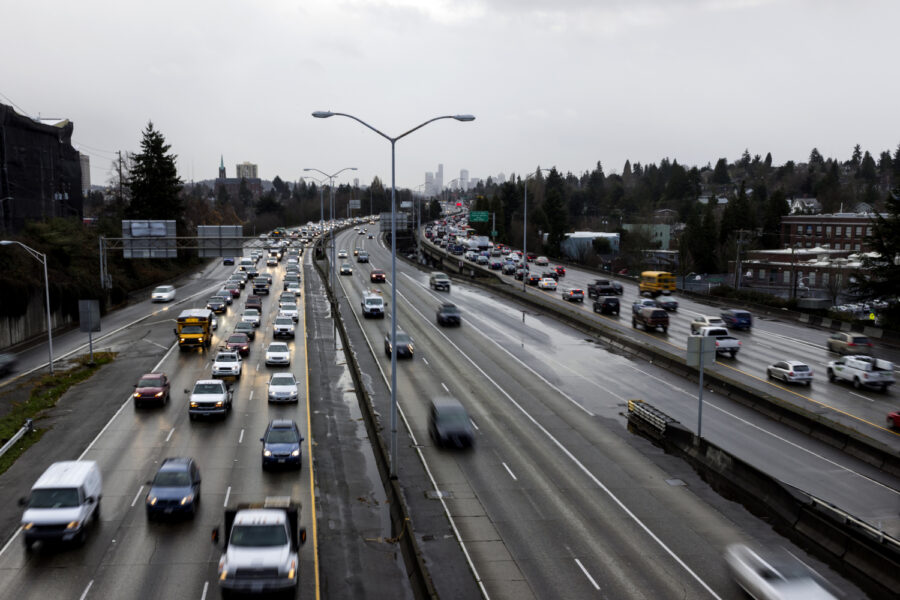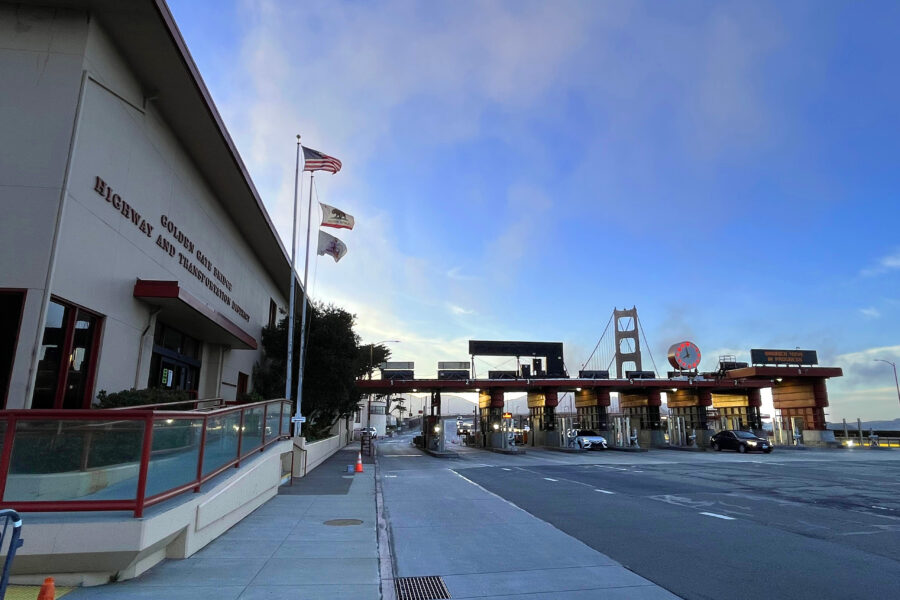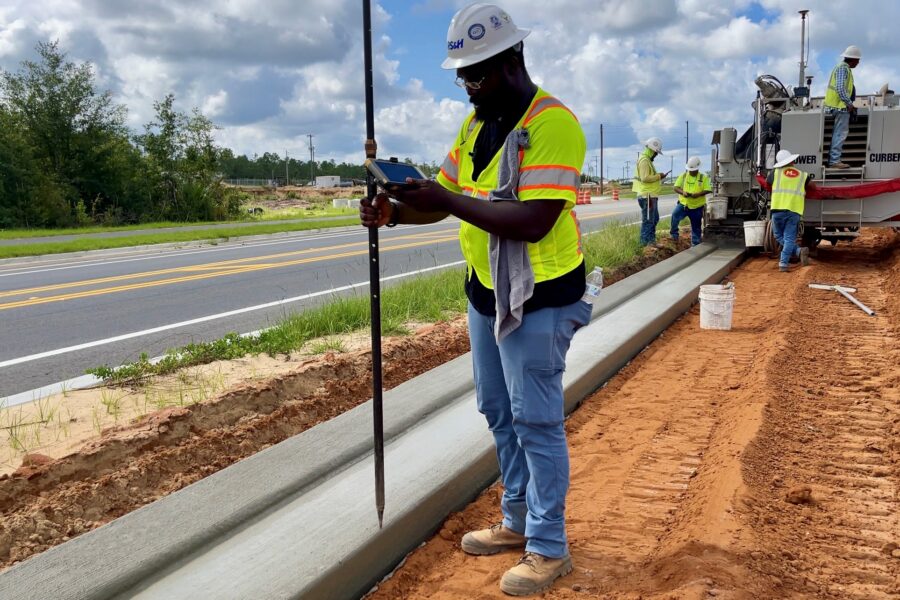Managed Lanes Can Help Alleviate Costs and Congestion

My boss kept me late, and now I’m rushing to my son’s daycare trying not to pay the late fee of $1 per minute for every minute after 5:15 p.m. Why are we stopping?
Traffic congestion is going to cost me time and money. When faced with this, wouldn’t it be nice to have an option to use an express lane that avoids the congestion for less than the cost of the daycare penalty?
This is just one example of the cost of congestion and how express lanes can assist drivers by providing transportation choices. We spend a lot of time in our cars getting to and from our destinations, whether it’s getting to work on time, making it to practice or simply trying to stay on schedule.
The Cost of Congestion
The U.S. DOT’s Bureau of Transportation Statistics measures the cost of congestion with a value for each hour of travel time and each gallon of fuel. In 2014, the bureau estimated the congestion cost in Austin, Texas, at $1.14 Billion – and Austin was ranked 31st. The New York Metropolitan area ranked first, but even the congestion cost for Jacksonville, Fla., was an estimated $659 million, and the Northeast Florida city was ranked 49th.
There are many tools in the congestion relief tool box that agencies around the country are using to address the problem. Among them are ridesharing and transit improvements, vehicle miles traveled programs and autonomous vehicles. Another key approach that addresses congestion while also serving the desire of people to use their vehicles is the development of managed lanes.
Express Lanes Can Boost Revenue, Lower Congestion
As transportation agencies change from utilizing tolling for just revenue collection to a system that also manages traffic flow, the result is an improved regional traffic pattern.
Agencies design express lanes to provide additional capacity on limited access facilities and to better manage congestion. They accomplish this by using three main elements:
- Admission requirements: They control the types of vehicles permitted in the express lanes to significantly increase overall throughput.
- Access: They design the number and spacing of entry and exit points along an express lane facility and provide separation between the express lanes and general use lanes.
- Pricing: They use dynamic pricing or time of day pricing to manage the number of vehicles in the express lanes to maintain a pre-determined speed threshold to provide reliable trip times.
The Baltimore Sun reports that Virginia uses an express lane variation known as high-occupancy toll lanes, or HOT lanes. HOT lanes feature pricing that increases as traffic volume rises, but they are free to use for vehicles carrying three or more people. HOT lanes encourage carpooling and better reduce highway congestion by diverting an average of nearly 20 percent of traffic off the free lanes. To use HOT lanes, drivers either pay on a regular E-ZPass or use an E-ZPass Flex, which allows them to switch to “HOV mode” and ride free. Traffic cameras help officials enforce the occupancy rules.
Managed Lanes Create Reliable Travel Times
The express lane option allows agencies to monitor congestion and to provide the ability to adjust the operation of their facility to provide congestion relief to the roadway user. Express lanes result in giving people choices and more reliable travel times when dealing with congestion.
“What people will tell you [from] national surveys is that you may not be looking for the fastest route,” Mike Heiligenstein, executive director of the Central Texas Regional Mobility Authority, told Austin’s Community Impact newspaper in 2013. “You’re looking for the most reliable one.”
A managed lane that guarantees a daily commute of 35 minutes will win loyal customers against an un-tolled road that could take 20 minutes or an hour. From a customer’s perspective, “that’s what I don’t like,” Heiligenstein said. “I don’t like not knowing.”
There are many tools in the congestion relief toolbox, but managed lanes are a low-cost, high-impact solution that provides a higher level of service on limited access facilities.
They just might get you to your son’s daycare on time.




